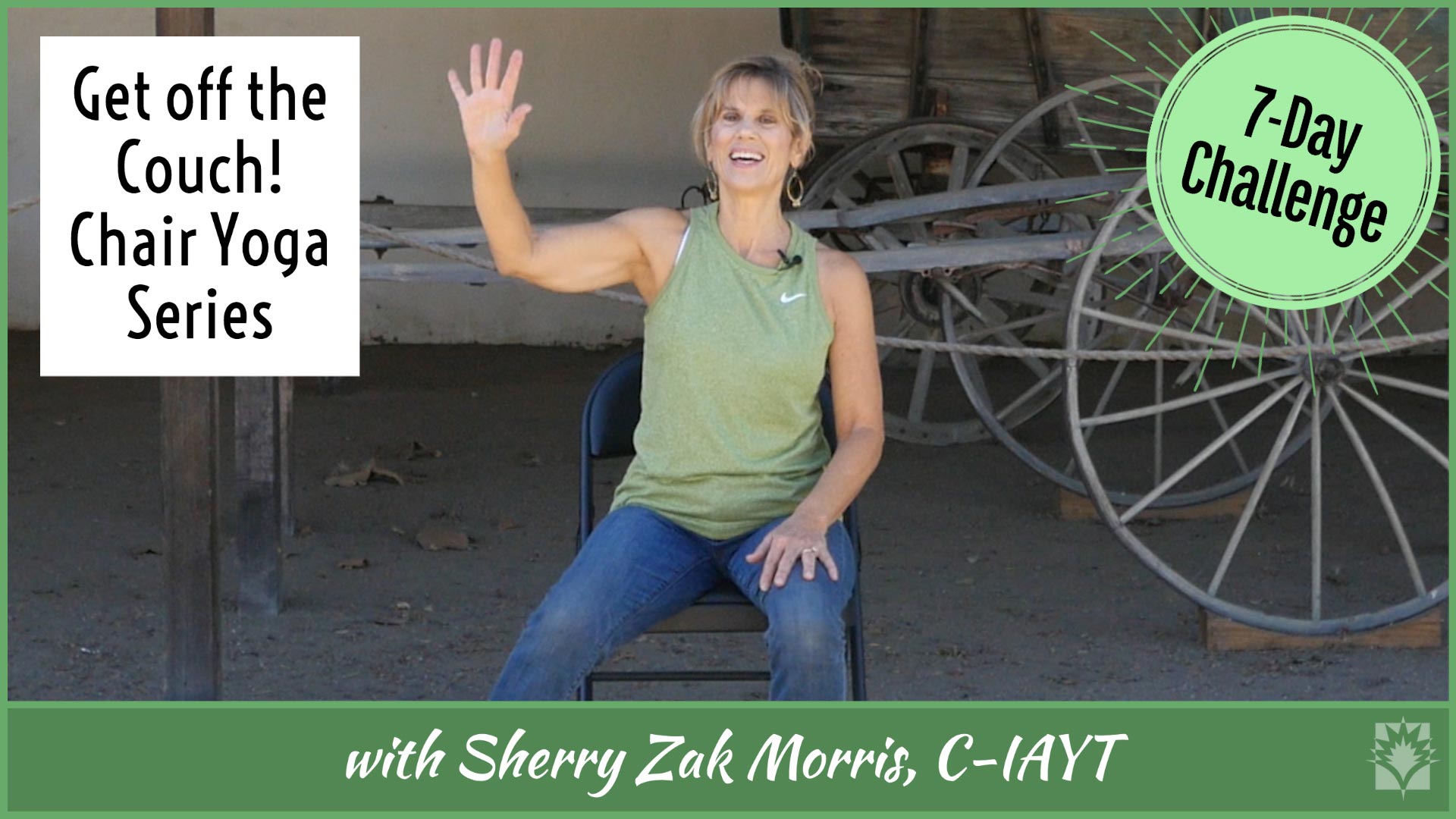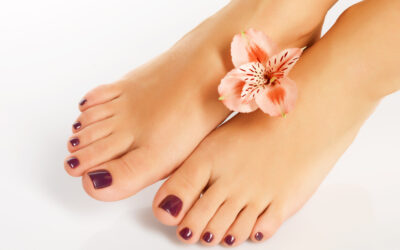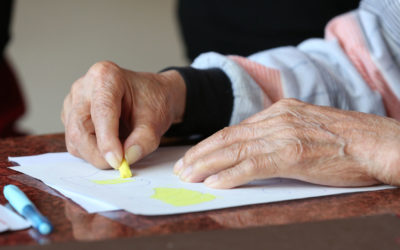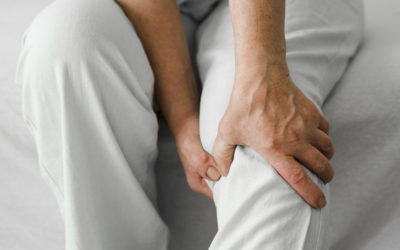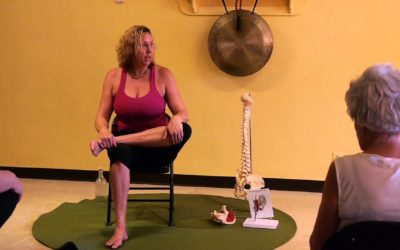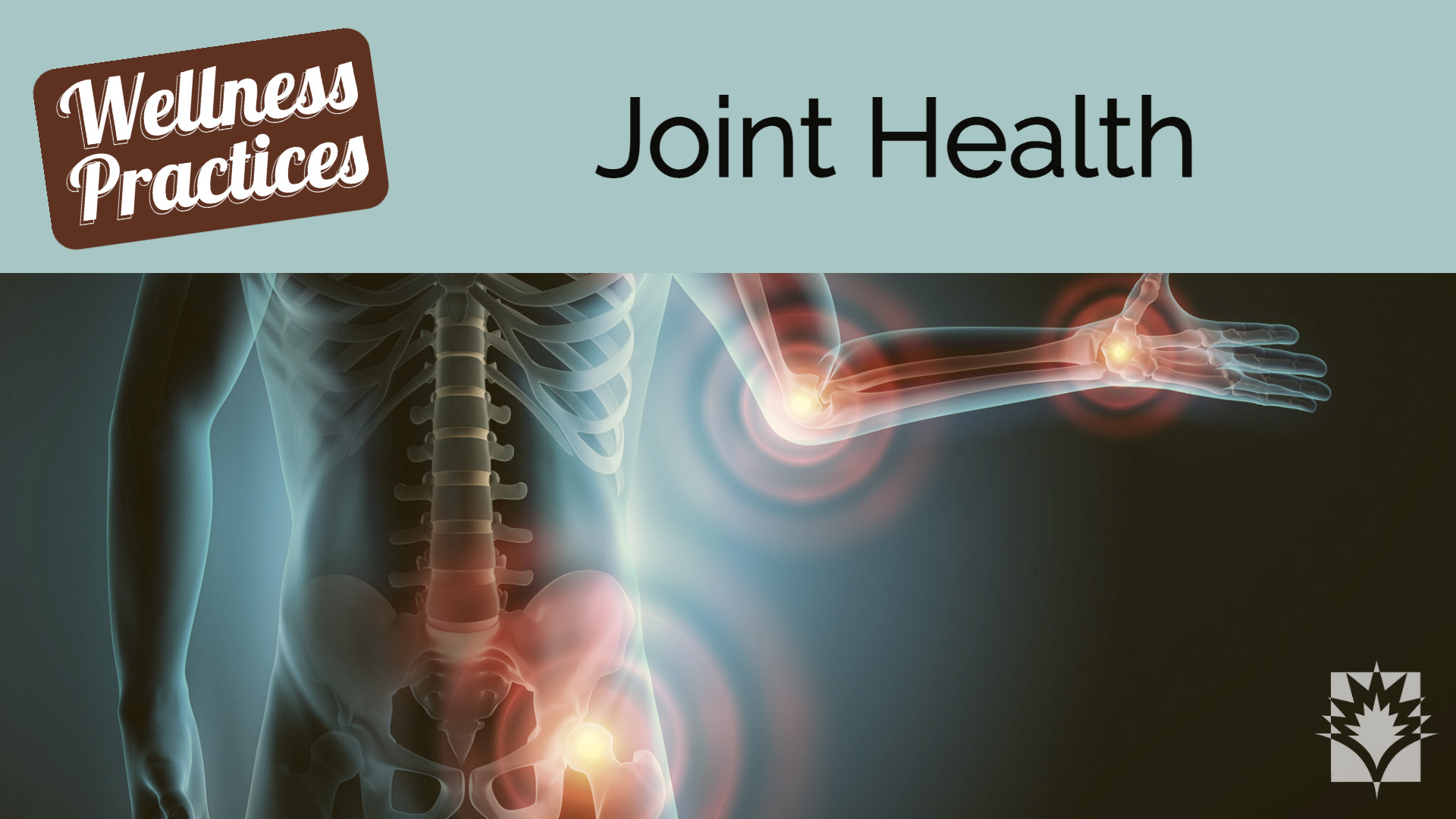
Keep your Joints lubricated so you can move with Ease!
We rely on our joints for our mobility, agility and flexibility. As we age, degradation in our physical structure can occur, and old injuries can re-surface creating movement limitations and pain. These Wellness Practices provide targeted practices to help lubricate your joints, bring more mobility and ease pain from Osteoarthritis and/or Rheumatoid Arthritis.
Take time every day to do something healthy for your joints… they are essential to your Health!

Note: The videos in this collection are included in various YogaVista.TV subscription plans.
Wellness Practices for Joint Health
We have made it easy for you to begin a Yoga program focused on helping you find ways to strengthen your muscles. We have created these Wellness Practices for Joint Health that offer targeted videos to educate and empower you to take control of your own health. Movement keeps your joints lubricated and healthy. Let’s get moving!
Related Video Series
(some videos included in the Wellness Practices above)
Safety Guidelines and Precautions
- Respect your range of motion (ROM) and stop when you feel resistance (like hitting a bumper)
- Gently move your joints in all directions:
- Hinge Joint – extend and flex
- Ball and Socket Joint – extend, flex and rotate
If you have a Joint Injury 
- Focus on stabilizing and strengthening your joints
- Limit continual movement of your injured joint so as not to irritate it
- Gently stretch the muscles around your injured joint
If you have a Joint Replacement 
- Ensure you have a release from your healthcare practitioner to do exercises
- Honor the ROM guidelines from your healthcare practitioner
- Strengthen your replacement joint and muscles with poses that require holding (isometric)
- Slowly increase your ROM and back out if there is any pain

Before starting these Wellness Practices:
Ensure you have a release from your healthcare practitioner to do exercise. Also ask your practitioner if you have any movement restrictions resulting from your medical conditions. Above all, be mindful of any movement that creates a sharp, knife-like pain or tingling sensation.
Related Resources & References
National Institute of Health article: “Exploring the therapeutic effects of yoga and its ability to increase quality of life“
“The objective of this study is to assess the findings of selected articles regarding the therapeutic effects of yoga and to provide a comprehensive review of the benefits of regular yoga practice. As participation rates in mind-body fitness programs such as yoga continue to increase, it is important for health care professionals to be informed about the nature of yoga and the evidence of its many therapeutic effects. Thus, this manuscript provides information regarding the therapeutic effects of yoga as it has been studied in various populations concerning a multitude of different ailments and conditions.
Therapeutic yoga is defined as the application of yoga postures and practice to the treatment of health conditions and involves instruction in yogic practices and teachings to prevent reduce or alleviate structural, physiological, emotional and spiritual pain, suffering or limitations. Results from this study show that yogic practices enhance muscular strength and body flexibility, promote and improve respiratory and cardiovascular function, promote recovery from and treatment of addiction, reduce stress, anxiety, depression, and chronic pain, improve sleep patterns, and enhance overall well-being and quality of life.”
Book: “Designed to Move” by Joan Vernikos
“Science has proven that sitting too much is bad for your health, but what can you do about it if you’re stuck at your desk all day? “Designed to Move” gives deskbound professionals a practical, easy-to-follow movement plan to fight the debilitating and life-shortening effects of sitting disease. Dr. Joan Vernikos, former director of NASA’s Life Sciences Division, draws on decades of scientific research on astronauts to show readers how to use gravity-based movement to counteract the effects of prolonged sitting and maintain lifelong good health.
Written for everyone who spends most of their lives sitting in chairs, “Designed to Move” provides readers with a science-backed health program that helps people stay healthy while at work. Expanding upon her groundbreaking previous book, “Sitting Kills, Moving Heals,” Dr. Vernikos shows how developing simple new lifestyle habits at the office can reverse the symptoms of sitting disease and even aging itself, and lead to a life of bountiful health.”
Related Articles
From Cancer Treatment to Healing: A Yoga Teacher’s Movement Meditation Journey with Yoga and Qi Gong – Kim O’Brien
I was recently asked how my Qi Gong journey started and from where I sought expertise and...
Yoga for Foot Health in Rheumatoid Arthritis, Multiple Sclerosis, and Type 2 Diabetes
The Healing Power of Movement In a world that often requires us to be constantly on our feet,...
Arthritis in the Hands – What can we do about it?
As we age, osteoarthritis usually starts to show up in our hands. Thankfully, there are a few things we can do to relieve this discomfort!
Factoids about Aging we Need to Know
Sharing is Caring When we find a good book or movie, we love to share it with a friend....
Knee Pain Before it Rains – Two Things to Prevent It
Do you experience knee pain when the weather is about to change? For years, the knee I injured...
Piriformis Syndrome: A Gentle Approach for Relief
Teaching Yoga is great fun, but it can overwork our bodies. When I moved to Hawaii, I really...
CREDITS: Author, Sherry Zak Morris, Certified Yoga Therapist
Editor, Maria Perez, Certified Yoga & Group Fitness Instructor


